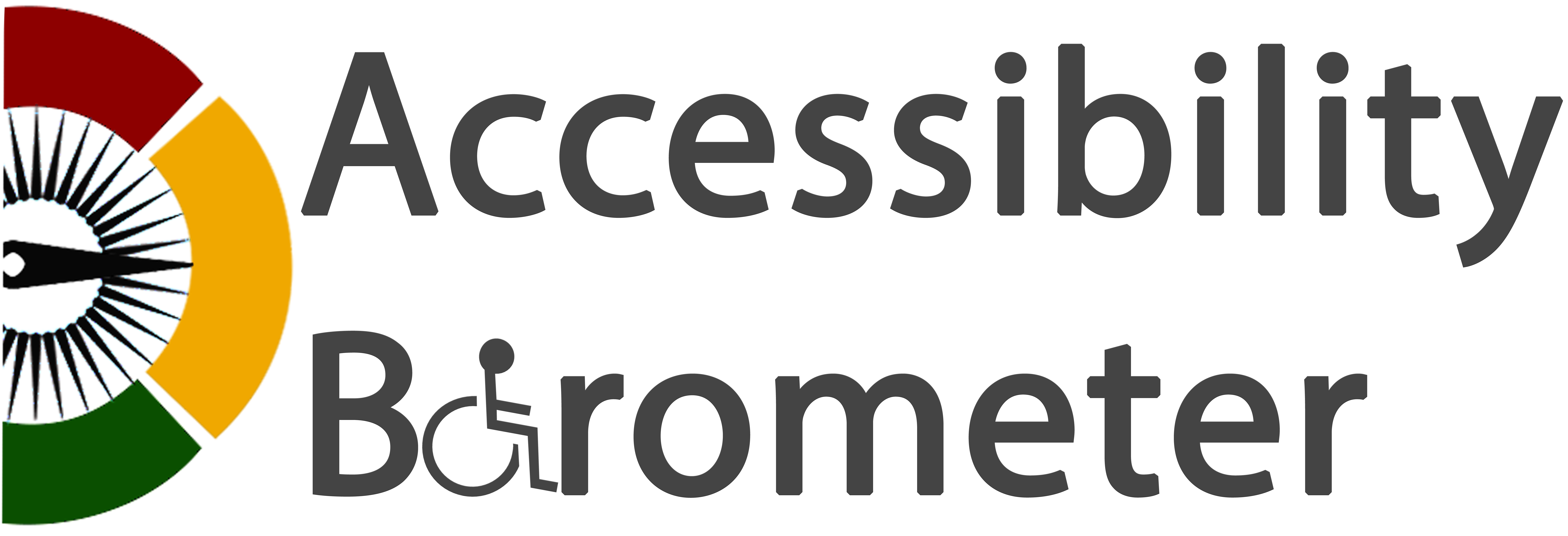Contents
- Understanding Mobility and Dexterity Impairments
- Low-Tech Assistive Technologies
- High-Tech Assistive Technologies
- Software-Based Assistive Technologies
- Assistive Technologies for Public and Workplace Accessibility
- Future Innovations in Hearing Technology
- Selecting the Right Assistive Technology
- Conclusion
- Sources
Understanding Mobility and Dexterity Impairments
Mobility impairments can result from various conditions, including:
- Neuromuscular disorders (e.g., cerebral palsy, muscular dystrophy, multiple sclerosis).
- Spinal cord injuries leading to partial or full paralysis.
- Arthritis and joint conditions causing pain and limited movement.
- Amputations or limb differences affecting motor functions.
- Age-related mobility decline reducing strength and coordination.
AT solutions cater to different needs by providing support for movement, personal care, and digital access.
Low-Tech Assistive Technologies
Low-tech AT includes simple, non-electronic tools that assist with mobility and dexterity challenges.
- Canes and Walkers – Provide balance and support for individuals with limited walking ability [1].
- Grab Bars and Handrails – Installed in homes and public spaces to assist with stability and transfers [2].
- Adaptive Utensils – Specially designed spoons, forks, and knives with ergonomic grips for easier handling [3].
- Reachers and Grabbers – Extend reach to help individuals pick up objects without bending or stretching [3].

High-Tech Assistive Technologies
High-tech AT integrates electronics and robotics to enhance mobility and dexterity.
- Powered Wheelchairs – Electrically controlled wheelchairs that provide greater independence [4].
- Exoskeletons – Wearable robotic devices that assist individuals with walking and movement [5].
- Smart Prosthetics – Bionic limbs with sensors and AI that mimic natural movement [6].
- Eye-Tracking and Head-Controlled Devices – Enable individuals with limited hand use to operate computers and communication tools [7].

Software-Based Assistive Technologies
Software solutions improve accessibility for individuals with dexterity impairments by enabling hands-free digital interaction.
- Voice Recognition Software – Converts speech into text and allows voice commands for computer and smartphone use [8].
- On-Screen Keyboards and Switch Control – Digital alternatives for individuals who cannot use a standard keyboard or mouse [9].
- Gesture-Based Control Systems – Detect hand or head movements to control devices without physical contact [10].
- AI-Powered Personal Assistants – Tools like Siri, Google Assistant, and Alexa assist with communication, scheduling, and automation [11].

Assistive Technologies for Public and Workplace Accessibility
Beyond personal mobility solutions, AT enhances accessibility in public spaces and work environments.
- Accessible Public Transport – Wheelchair-accessible buses, trains, and taxis equipped with ramps and lifts [12].
- Adaptive Desks and Workstations – Adjustable-height tables and ergonomic chairs for individuals with mobility impairments [13].
- Automated Doors and Smart Home Controls – Motion-activated doors, voice-controlled lighting, and remote-controlled appliances [14].
- Braille and Voice-Controlled ATMs – Banking services with accessibility features for users with mobility challenges [15].

Future Innovations in Mobility Assistive Technology
Technology is continually evolving to improve mobility solutions:
- Brain-Computer Interfaces (BCI) – Experimental technology allowing users to control prosthetics and wheelchairs using brain signals [16].
- Self-Driving Wheelchairs – AI-powered wheelchairs capable of autonomous navigation in indoor and outdoor settings [17].
- 3D-Printed Prosthetics – Customizable, affordable prosthetic limbs tailored to individual needs [18].
- Haptic Feedback Gloves – Gloves that restore touch sensations for individuals with dexterity impairments [19].

Selecting the Right Assistive Technology
Choosing the right AT depends on factors such as:
- The severity of mobility or dexterity impairment.
- Daily activities and lifestyle needs.
- Personal comfort and ease of use.
- Recommendations from healthcare professionals and accessibility specialists [2].

Conclusion
Sources
- University of Iowa, College of Public Health – Study looks at older adults’ use of mobility devices, incidence of falls
- Physiopedia – Assistive Technology: Mobility Products
- Arthritis Society Canada – Top Tools: Assistive Devices to Help Manage Daily Life with Arthritis
- Vissco Next – Understanding Automatic Wheelchairs: How They Enhance Mobility and Independence
- MIT Technology Review – A robotic exoskeleton adapts to wearers to help them walk faster
- ScienceDirect – Prosthetics
- Bitbrain – Different Kinds of Eye Tracking Devices Technology
- Google Support – Voice Access for Accessibility
- Apple Support – Switch Control for iOS
- ScienceDirect – Hand Gesture Recognition towards Enhancing Accessibility
- Amazon – Accessibility for Alexa
- UITP – When is public transport really accessible?
- Job Accommodation Network – ACCESSIBLE COMPUTER WORKSTATIONS
- Scope UK – Smart home technology for disabled people
- Deloitte Insights – Accessible banking for people with disabilities
- Nature Neuroscience – Brain-Computer Interfaces
- IEEE Spectrum – Self-Driving Wheelchairs
- Xometry – All About 3D Printing Prosthetics
- Fiveable – Rehabilitation and assistive haptic devices
